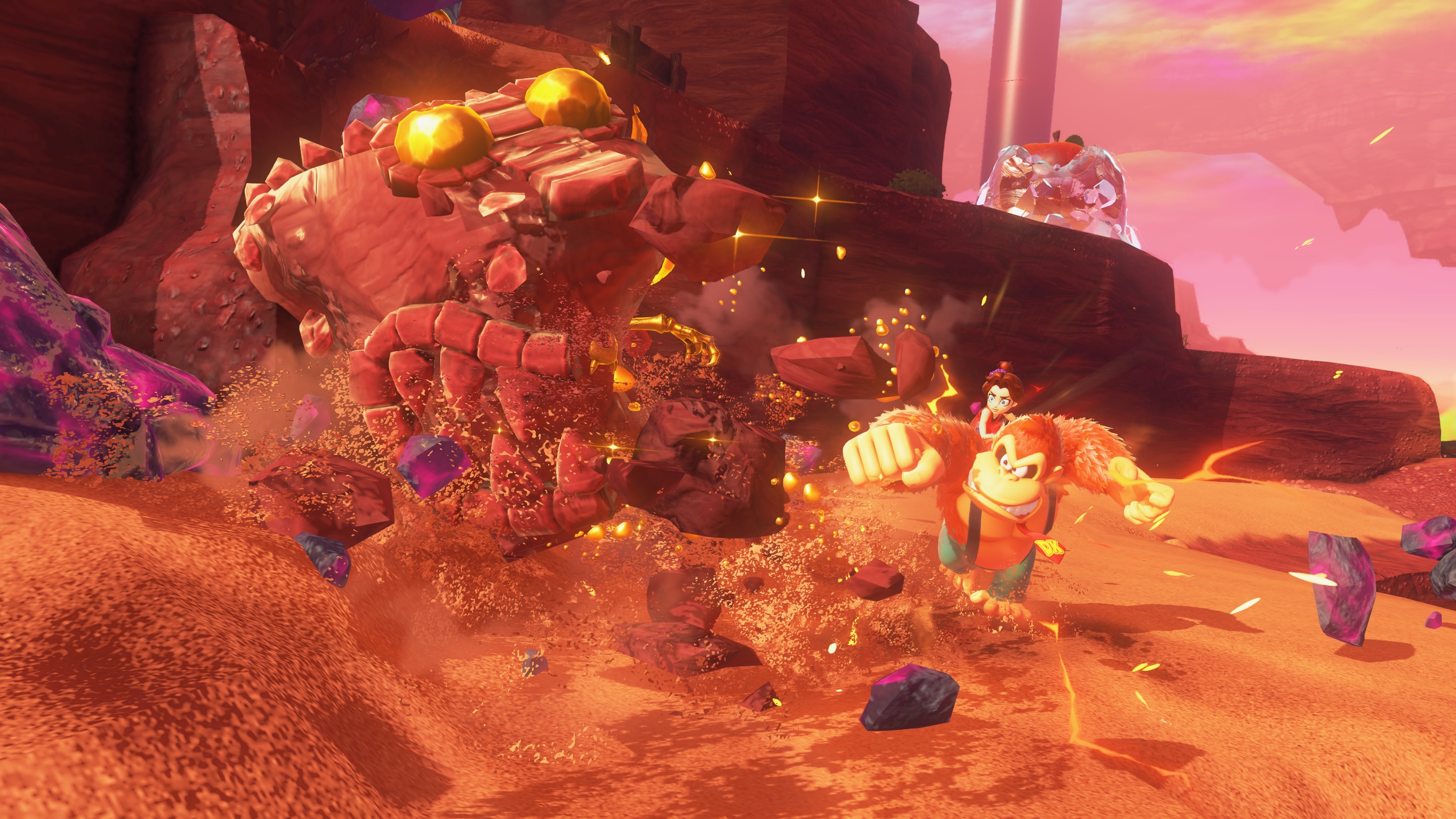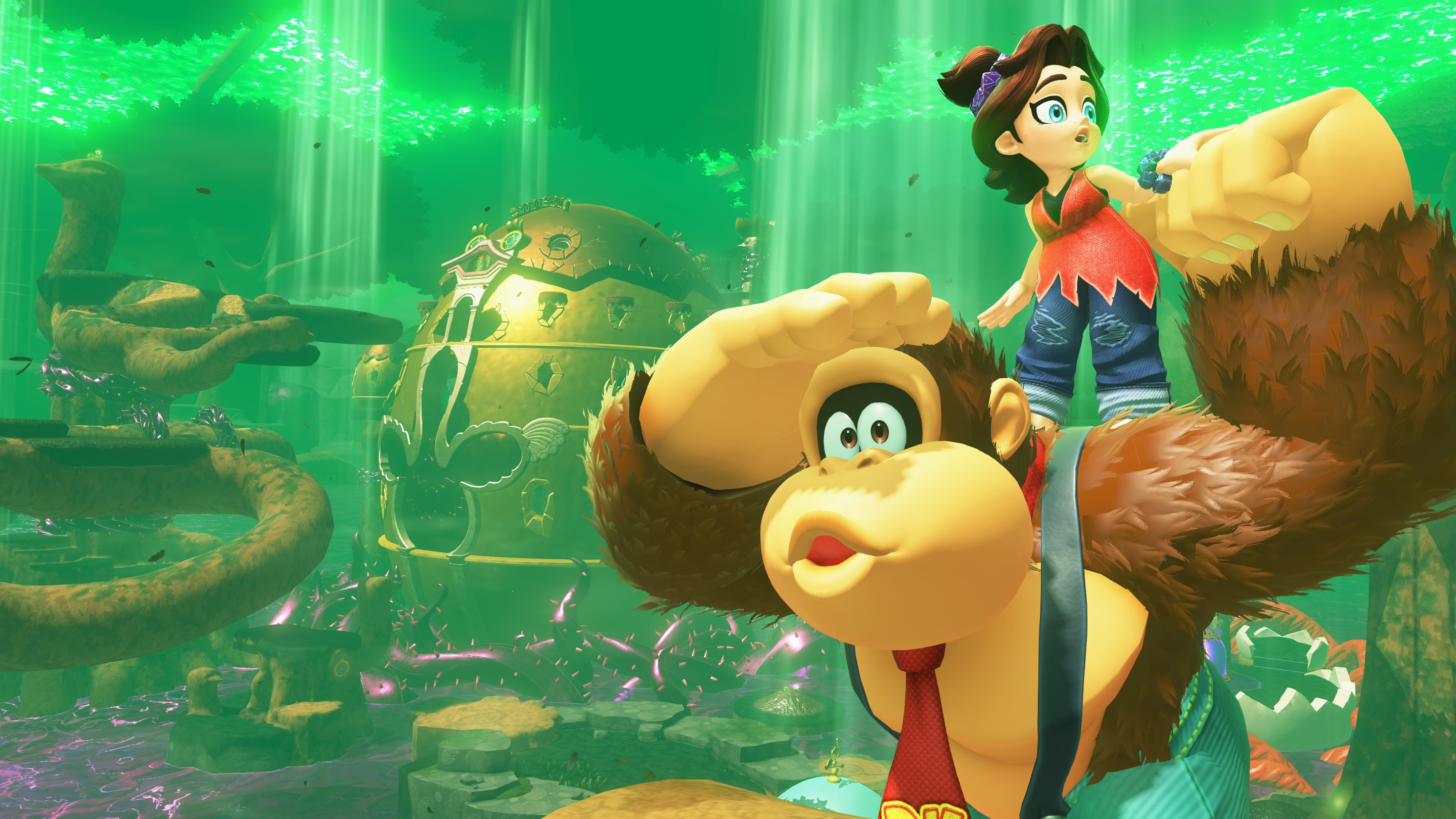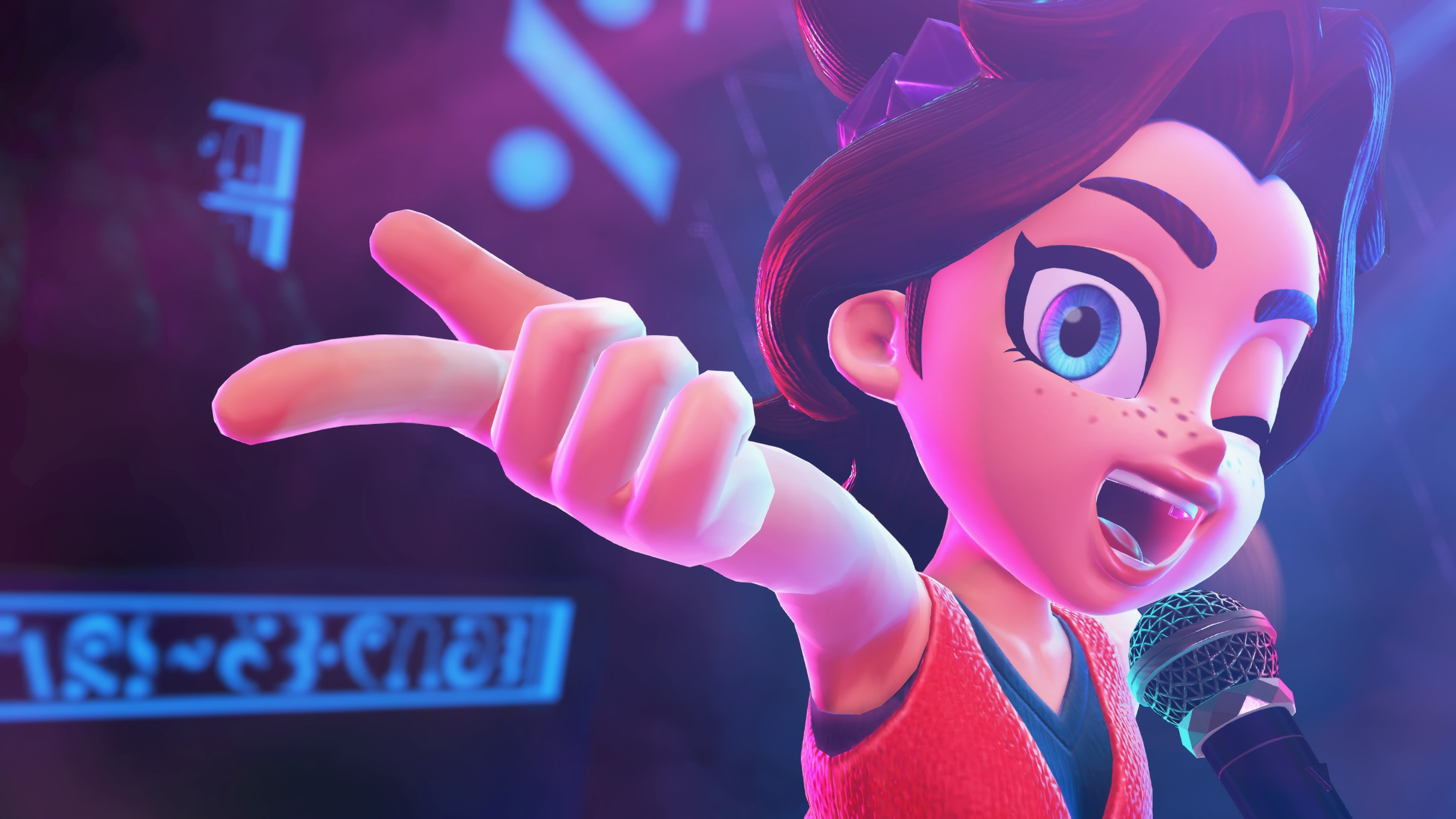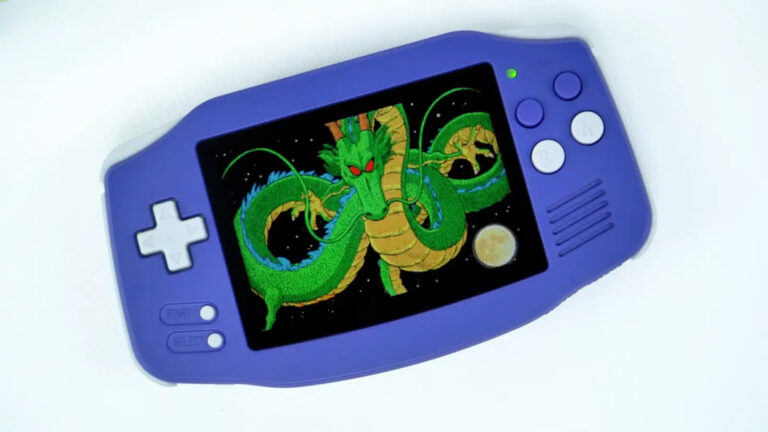When the Switch 2 was fully unveiled in April, we weren't alone in expecting the announcement of a true follow-up to Super Mario Odyssey—one of the original Switch's best-selling games and our pick for the best game of 2017. Instead, we got our first look at Donkey Kong Bananza, the big ape's first fully 3D adventure since the Rare-developed Donkey Kong 64 in 1999.
The fact that Nintendo wasn't willing to commit its long-standing plumber mascot to its first first-party platformer on the Switch 2 could have been seen as a sign of a rushed, second-tier spinoff effort. After playing through Donkey Kong Bananza, though, I'm happy to report that nothing could be further from the truth for this deep and worthy spiritual successor to Super Mario Odyssey (from many of the same development staff). Donkey Kong Bananza captures the same sense of joyful movement and exploration as the best Mario games while adding an extremely satisfying terrain-destruction system that shows off the capabilities of the Switch 2 hardware.
Beat up the earth
It's that terrain-destruction system that sets Donkey Kong Bananza apart from previous 3D platformers from Nintendo and others. Three of the four face buttons on the Switch 2 controllers are devoted to letting Donkey Kong punch either horizontally, upward, or downward, often taking out large chunks of the nearby scenery as he does.
Punching through the terrain in this manner forms the fast, crunchy, and powerfully kinetic core of the game. It's hard to overstate how incredibly cathartic it can be to quickly reduce a well-ordered chunk of dirt and rock into a mountain of valuable, collectible golden rubble (then gathering up all the nearby rubble with a quick tap of a shoulder button). Imagine a 3D Mario game by way of Traveller's Tales Lego games, and you'll have some idea of the extremely satisfying combination on offer here.






 Loading comments...
Loading comments...
